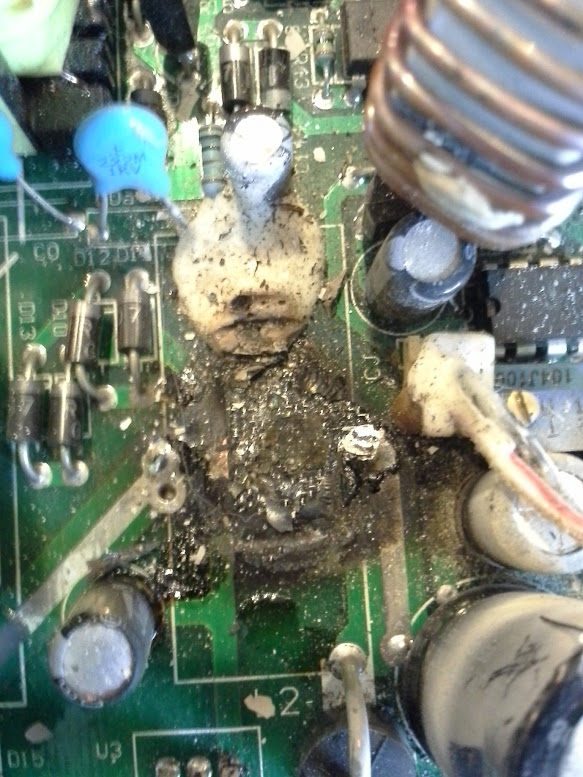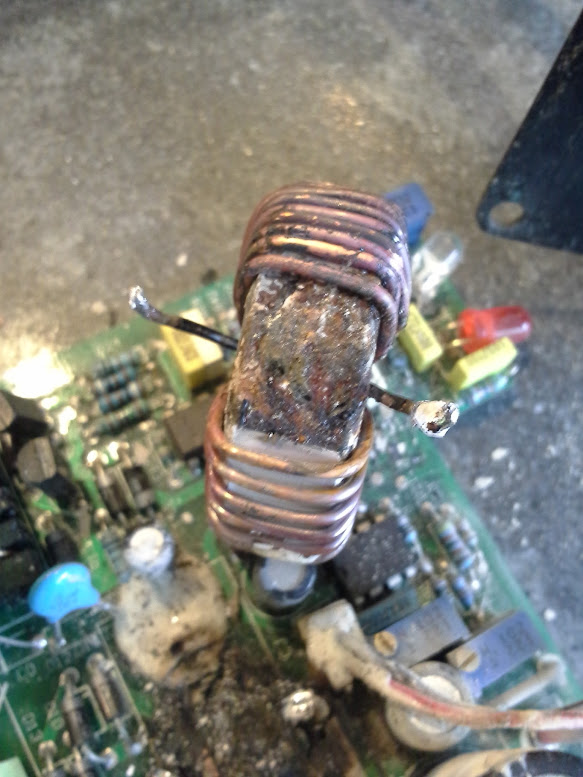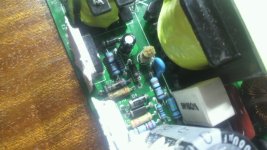rui_fujino
1 kW
sorry for late reply. it is 2.2ohm ±1% (red, red, black, silver, brown) position is R20.dnmun said:rui, can you tell what size that resistor is that burned up? maybe someone else has the same charger open and can read the label for you for the capacitor. it may be symmetric with another identical one there, also same with the resistor. i noticed they have identical circuits for each of those transistors, if these are in that loop.
Now, the cap is positioned C11
thanks




